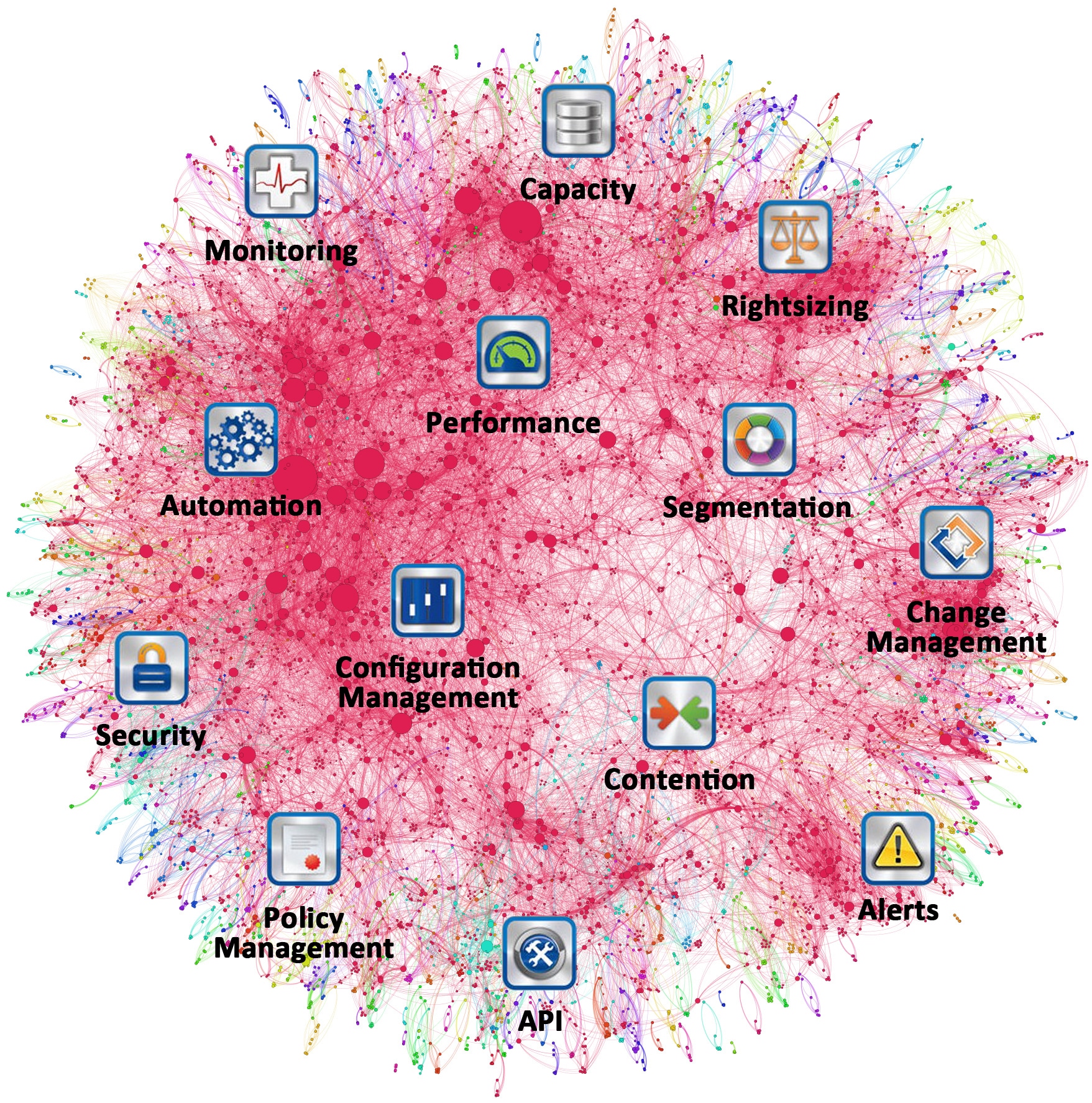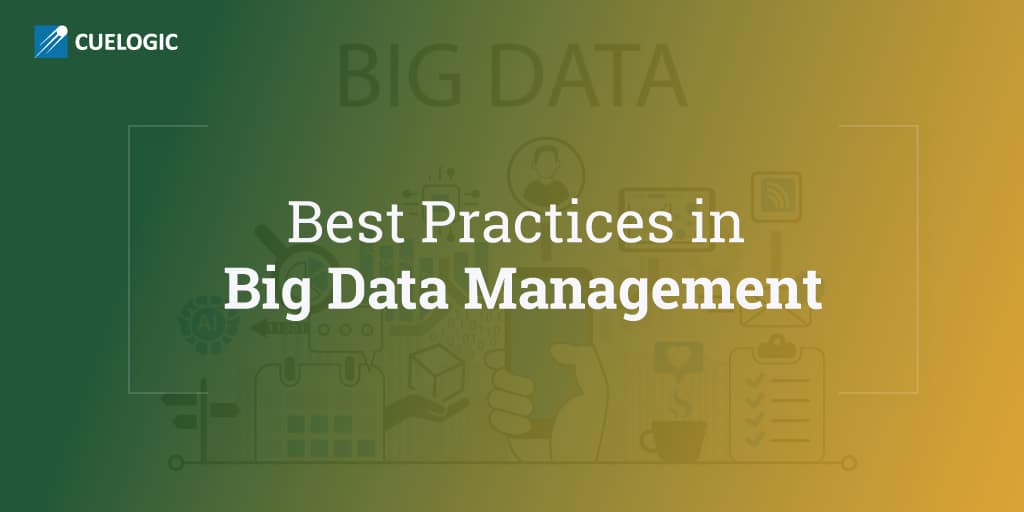Big Data is not a new concept to us like it was a few years back. Today with the palette of business process going all round the world, we can assume that this is throwing a lot of data before us than we could handle. True that we are armored with the mammoth, but there is a new curtain riser waiting on how actually we are going to tame it to behave just the way we want it to be.

That’s right, you are cornering the topic correctly- management of Big Data. We know it very well today that the data that we are feeding to the BD is nothing but amalgamation of multi structured data which comprises of the useful, some readable and some we just cannot confirm of its worth. So how do we actually manage it then? What are the ways that would help us get actually what we want at the right time and also not create a load on the storage? Let’s try finding out.
- Challenge the very important work of analyzing data
Data analysis is what makes up the major chunk of the beneficiaries in Big Data. So we need to actually structure data that revolves around analysis and that it caters to all the demands surrounding it.
- Do not go for creating a stable environment on the fly
While you are managing data there is no requirement to go for attempting to build a legacy soon. With the varied fluctuations that pervade in the onset of the environment one should rather concentrate in actually allowing flexibility in the way the interface behaves with varied data inputs.
- Two simple words- backup and archive could save your day
We know that HDFS would allow us to create crevices that would work for the voluminous data. But what if we have some hot data that caters need to? We could take rather good care of such sun setting challenge by bifurcating data on the basis of its need. This could be done by storing the not so frequently required data in the traditional drives whereas going for the costly SSDs for getting the crucial one.
But here there comes up cost issue if your critical data is more than the non-critical one. In that case the backup and caching of data in lower cost storage helps to do the trick well. So the switching and plugging is based on your needs.
- The earlier you clean the mess the better
There is sheer truth that the data when added raw is filled with unwanted waste. In order to have better quality along the sojourn one should start processing rather cleansing it from the nascent stage. The varied process of earliest touch of filtering and pruning would be of great help in the later stages during analysis and segmentation.
- Integrate the besties!
This is nothing but diagnosing the cleaned data. Actually can e carried in the above process while tagging the related concepts together that could be with reference to the user, product or even sales. Identifying the data domain or tagging to create better relationships will make search easier and refine the quality too.
- Virtualize to simplify
This is making new waves by the winds these days. With creating a virtual framework we actually host up multi faces of the same data. Leveraging this technology has made centralized management with distributed access easier and feigning a lot of time spent ideally.
- Always put your toe in the water first
Before venturing into anything so huge one should first start with bits and pieces. Divulging the way you use technology will cater the way the Big Data would prove to you. Divide them on facts, dimensions and nature. Remember Big Data Management would not work out in vacuum. You need specialized platform that complement the way how data defines your business. If required one should use varied second party data centers or even cloud for such purpose.
- We cannot be good at everything
If you really find tackling the management issue affecting your other important processes then it is always recommended to hire people better at it. This could be either go for in house getting experts to work for you or even consider offshoring the work. This would help you concentrate on your business centric work as well as manage the data that is generated in the process.
Finally all the practices actually matter on how big is Big Data for you and your business. Rethink, analyze and study the various dimensions of your requirements to structure your solution because there are many good solutions but the trick lies in finding the one a little more than the rest.
